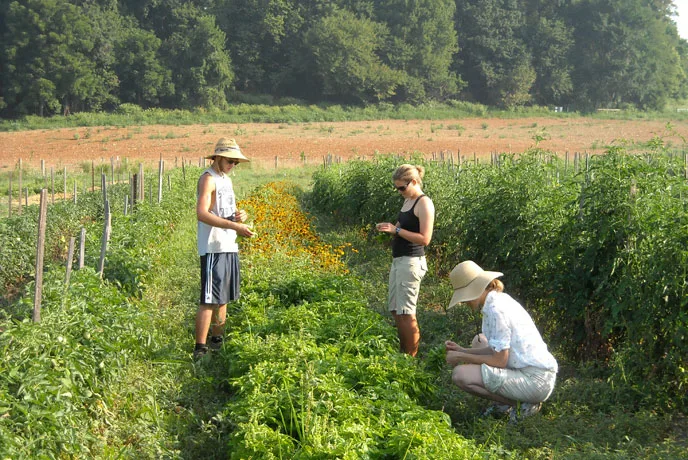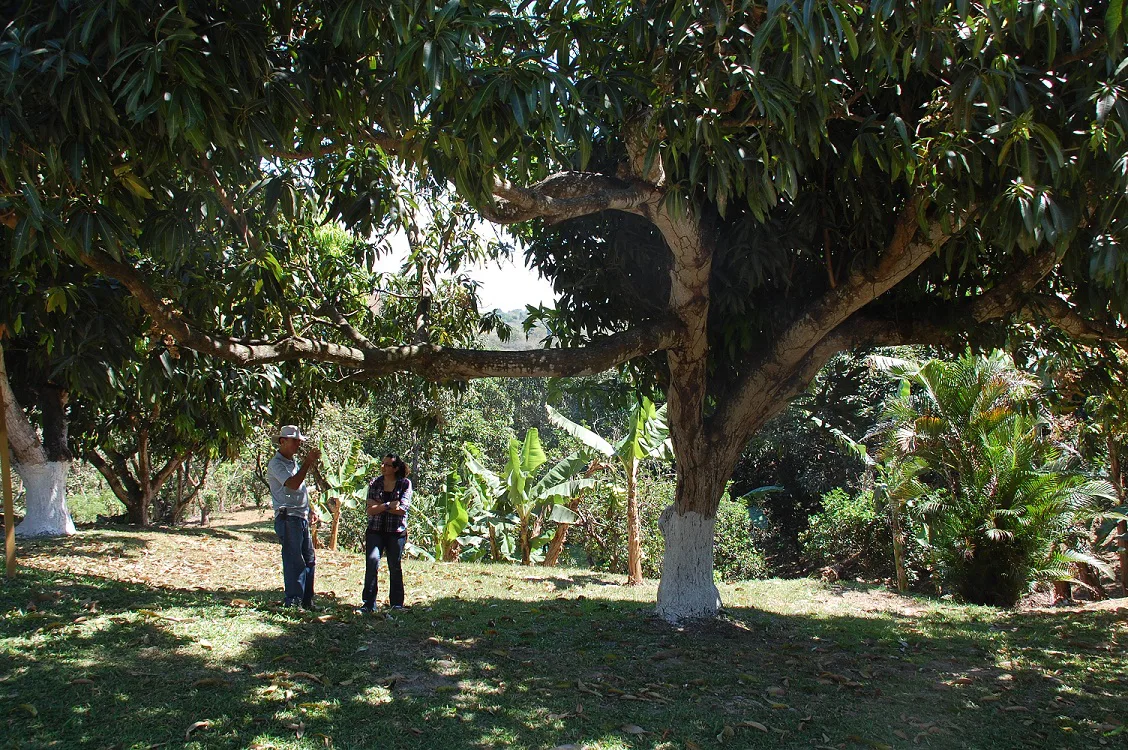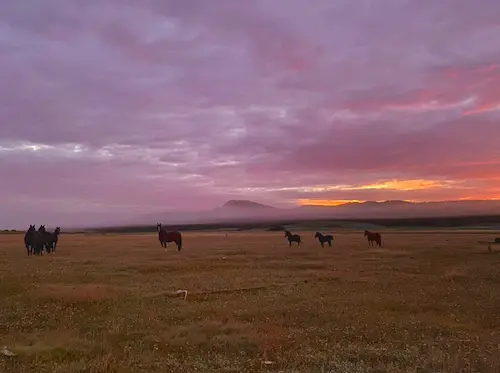The Art of Composting Sprouts so Much Life
Here in Costa Rica the season for mangos has just begun, and everywhere you will see swollen green and red fruit in the trees. Here it is popular to eat them green (under-ripe), drizzled with lime juice and salt; but personally, I am excited for the heart of mango season, when the flesh is soft and bright and drips with sugary orange pulp.
Almost all of the trees will fruit simultaneously; the mangos will rain down in decadent quantities. We need to have a mass harvest or most of the fruit will go to waste. I am no stranger to mass harvests – what remains in my memory are the days at the Dickinson Farm during the summer, filling up buckets and buckets, crates and crates, and truly any concave vessel we could find to carry ripe tomatoes.
It was a lot of hard work to harvest, sort, store, and sell these tomatoes, but — ah, we also gorged ourselves. It was a crime not to! Such is the glory and the misery of overabundance. I will try to make jelly or chutney out of our mangos this year, just like making salsa from leftover tomatoes.

At the Dickinson College Organic Farm, where I interned for six months before joining SFS, we predominately produced vegetables. The majority of our crops were seasonal, in-and-out; in other words, we had a quick crop turnover. The farm at the The SFS Center for Sustainable Development Studies in Costa Rica, however, is a different story.
Our farm is located amidst a three-hectare orange and mango orchard, and since these trees fruit perennially, they are permanent fixtures of the farm. I have never worked with fruit trees up until now! The soils here are rocky and dry – not ideal for veggies. So I am currently focusing my efforts on bettering soil health and managing waste products – both achievable through COMPOSTING!

The goal of composting is making rich humus to rejuvenate your soil. Composting does not just focus on elemental minerals in the soil, like any other fertilizer, but also strives for holistic soil health: biodiversity of micro-and macro-organisms, soil structure, and moisture content.
In making compost for the huerta, or the garden, we take advantage of two readily available “wastes” (one man’s trash is another man’s treasure!). Our Center seems to have an endless supply of dry leaves fallen from the fruit trees and food waste from the kitchen. We layer the leaves (carbon-rich) and food waste (nitrogen-rich) alternatively, like lasagna, at a 2:1 ratio. We keep the pile humid and protected, and every two weeks give the entire pile a “turn” for aeration and an even mixing of ingredients.
One thing that I carry with me from the Dickinson Farm is that composting is not a science; it is simply a form of management to create an environment most favorable for decomposition. By controlling the types of organic matter used, and managing the aeration, moisture content, size of pile and temperature, one can quicken this decomposition process to create rich humus. So if composting is not a science, it must be an art form – which makes me the artist.

And while leaning over those compost piles, digging my hands deep down in search of heat pockets, observing the detritivores and their predators (like birds!) that arrive on the scene, watching the avocado peel hollow out and slowly crumble—it is equal parts scientific study and meditative reverie. I am enamored by the paradox that from decomposing matter sprouts so much life.
Thus far, our most developed compost pile is about two months old; it probably needs another month to be ready for soil application. Some of the carbonous material, especially those hardy mango leaves, needs more time to break down. Nevertheless, the speed of this time frame astounds me – in the Northeast, compost requires at least six months to reach a “finished” state. However, here in the tropics, everything moves faster, due to the high heat and humidity. Three-month finished compost seems like a miracle!
Right now in central Costa Rica it is dry, dry, dry. However, in about a month the rainy season will arrive, a cue to farmers to start planting their new rotation of crops. Conveniently enough, by this time compost should be ready to apply to the soils as a natural fertilizer for our seedlings.
I am irrepressibly excited for rainy season to begin, so that we can cultivate the huerta with gusto. I yearn to spend time with my beloved vegetables! In addition to appeasing my own relish for horticulture, cultivating the huerta will also provide more fresh food for our kitchen (nothing like herbs picked that very morning!) and will allow the students to more closely interact with the farm.
I am certainly looking forward to the weeks to come and the changes that the season will bring.
Claire was recently featured in the Chronicle of Higher Education. Read Article.
Related Posts

Camila Rojas: Alumni Spotlight⭐

